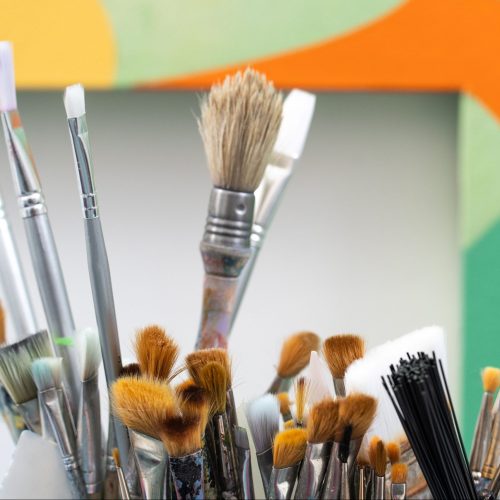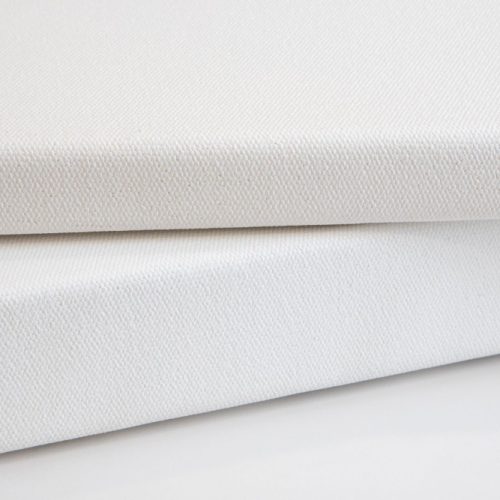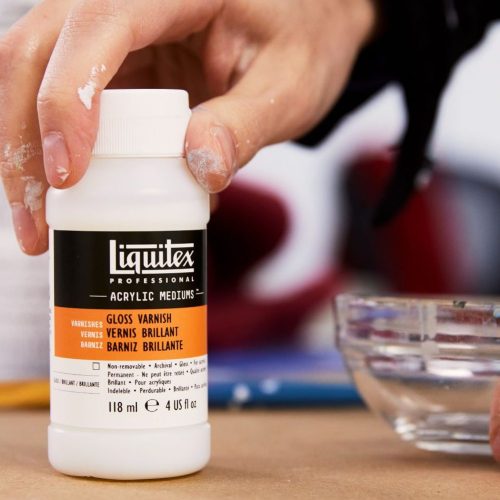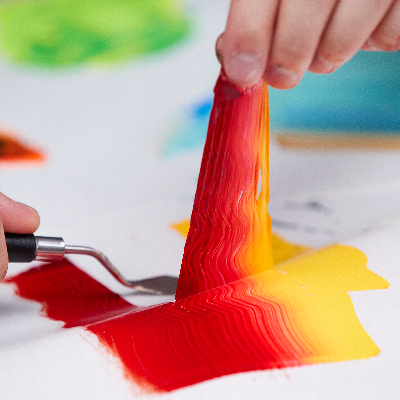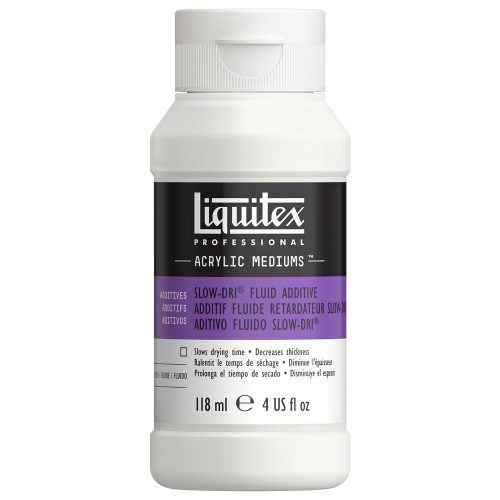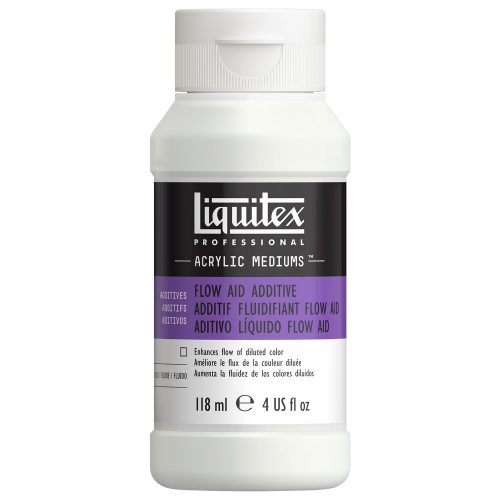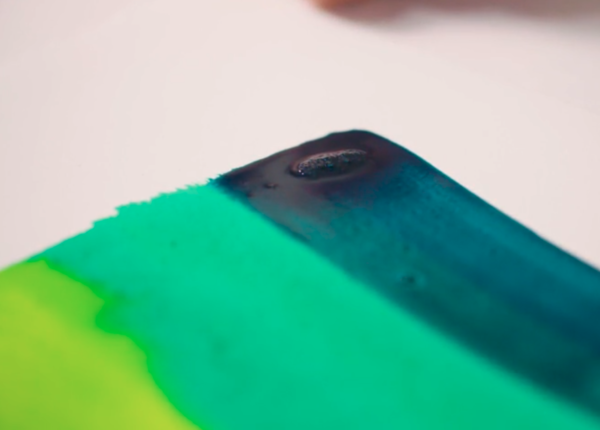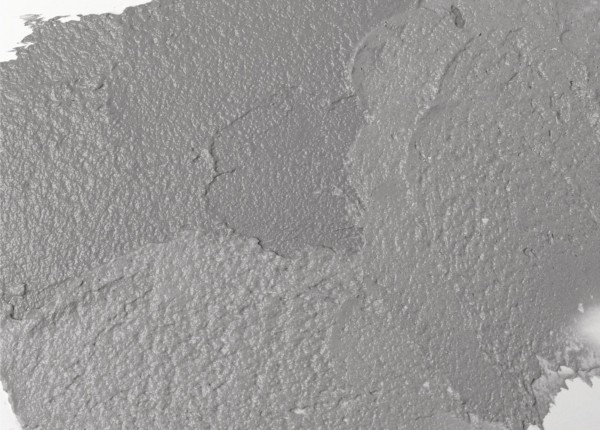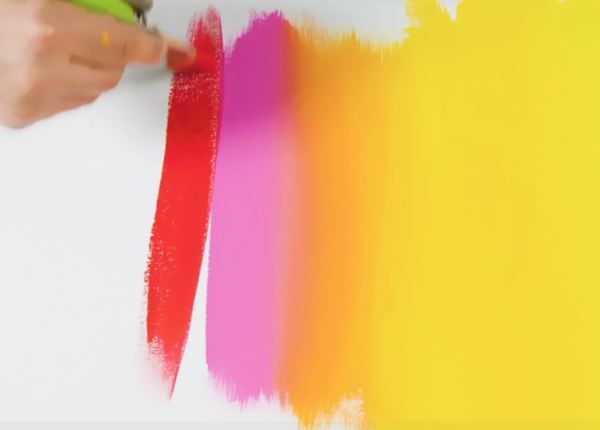Brush
techniques
From larger color washes to small scale details - and everything in between - you can use acrylic color with a wide spectrum of different brush techniques.
FINE DETAIL
- Soft Body Acrylic yields the best results for fine lines - it'll go further. Acrylic Ink and Acrylic Gouache are also good to try
- Get the best control by working on smooth surfaces with a soft bristled, small round brush
- Use an acrylic additive such as Liquitex Flow Aid Additive, to increase open time, decrease surface friction and increase paint flow
WASHES
- For color washes use Liquitex Acrylic Ink, our ultra-fluid color, or thinned Soft Body Acrylic
- Add an acrylic fluid medium to increase transparency and flow - Liquitex Airbrush Medium is a good choice and has a fluid consistency that supports the paint film
- If you're working on large projects and need to keep your paint fluid and fresh, think about using Liquitex Slow-Dri Medium or Slow-Dri Fluid Additive to extend open time
SURFACE PATTERN
- To use dry brush, scumble or stipple techniques you may find that rougher surfaces work better and enhance the textural appearance
- Liquitex acrylics are perfect for these brush techniques - choose from Soft Body, Acrylic Gouache or Heavy Body paints
- Use paint that is not overly fluid - unlike color washes, no mediums or thinning additives are necessary
- Always opt for a stiff brush and lightly drag your paint across the surface


